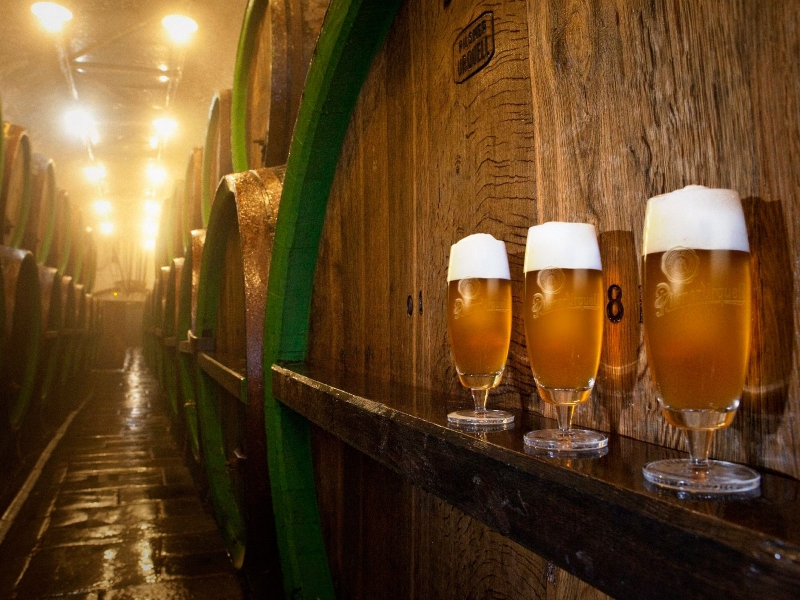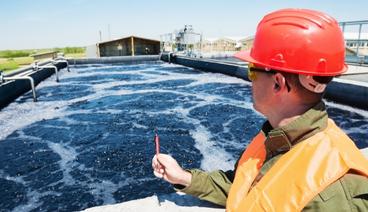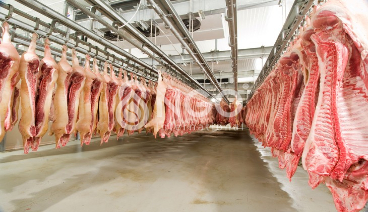NGO provides a solution to optimal beer wastewater treatment, based on the actual needs of each customer, committing to meet output requirements of wastewater quality.

Beer is a beverage that contains ethanol and carbonic acid, made from malt, hops, yeast and water. Brewing includes processes such as brewing, fermenting, brewing, filtering and bottling. Before fermenting into alcohol, the malt starches are converted into hydrolyzed sugars.
Composition of solid waste (beer residue) and wastewater generated from brewing, fermentation, in beer basins and filters, from containers, cleaning bottles.
The source of wastewater from breweries is mainly from cleaning equipment and factories. Wastewater is generated from brewing process with the rate of 4 – 11m3 of waste water / m3 of products, the average is 5-6m3, of which about 2/3 of wastewater is from the manufacturing process and 1 / 3 is water used for sanitary purpose.
1. The main sources of discharge:
- Chilled water, condensed water
- Wastewater from cooking, saccharizing units, mainly from cleaning containers, basins, floors; therefore, it contains malt, starch, flower residues, organic substances, etc.
- Wastewater from fermentation bunkers that is used for cleaning fermentation equipment, basins, pipes, floors, workshops, etc. containing yeast residues, and organic matter.
- Water from washing bottles with high PH and high temperature
- Wastewater
Pollution levels in each source of discharge are very different and depend on the production technology and management. In the common wastewater stream, the typical pollution level for the components has the following average values (mg / l):
|
HC (*) |
TSS |
P (Insoluble) |
COD |
BOD |
pH |
|
1,561 |
>2000 |
7-30 |
1500-3000 |
1100-1500 |
5-11 |
(*) HC là thành phần hữu cơ trong chất rắn không tan (TSS)
(*) HC is the organic component in Total suspended solids
2. Beer wastewater treatment processes are common at factories in Vietnam
Equalization basin -> PH adjustment -> Primary sedimentation -> UASB -> Aerobic (1 or more aerobic basins) -> Secondary sedimentation -> Sterilization -> Discharge into the environment
3. Common problems:
- Sludge is suspended or cannot settle
- Microorganisms are unstable, often die and must be re-implanted
- The design does not meet the capacity or standard
- The system generates many odors
- Operators have difficulty maintaining the water treatment quality of the treatment system
4. For an effective processing system, two factors need to be considered:
- Standard technology design: volume of the treatment basins is not necessarily large, it is important to match the pollution concentration of each parameter in wastewater and create an appropriate environment for microbiological development.
- The technological plan must create favorable conditions for the operator to observe and operate the system; tools must be equipped for the operator to perform required jobs.
More:
https://shopngoenvironment.com/product/mang-ro-xu-ly-nuoc-thai/

***Vui lòng đọc kỹ yêu cầu về Điều khoản sử dụng – Bản quyền trước khi sao chép hoặc trích dẫn nội dung và hình ảnh của website.
Trang web này thuộc bản quyền của Công ty TNHH Quốc tế NGO (NGO International). Bất kỳ hình thức sử dụng hoặc sao chép một phần hoặc toàn bộ nội dung dưới mọi hình thức đều bị nghiêm cấm, trừ trường hợp được sự cho phép rõ ràng bằng văn bản từ Chúng tôi.

 Tiếng Việt
Tiếng Việt





